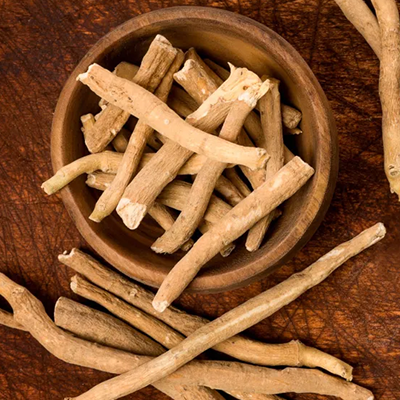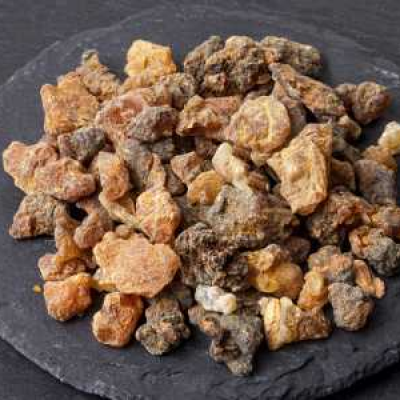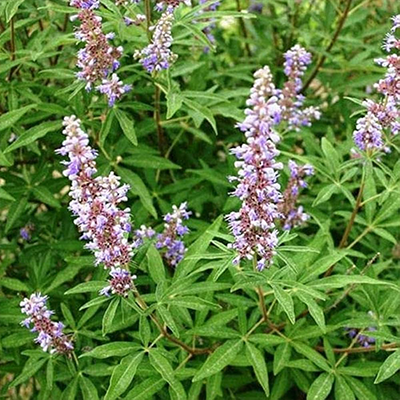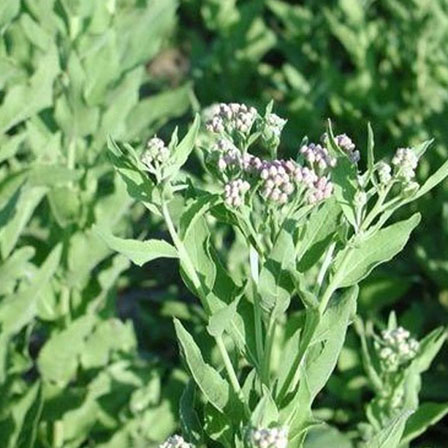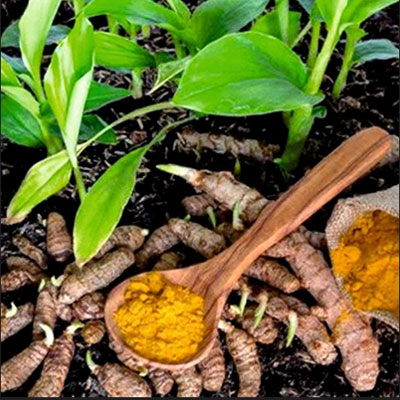Sacroiliitis refers to the inflammation of one or both sacroiliac joints—the joints located where the lower spine connects with the pelvis. These joints play a key role in supporting your upper body and absorbing the shock from movements like walking, running, or standing. Inflammation in these joints causes pain in the lower back, buttocks, hips, and even down the legs.
Causes of Sacroiliitis
Sacroiliitis can develop due to several reasons, including:
Inflammatory Conditions
It is commonly associated with inflammatory diseases like Ankylosing Spondylitis, Psoriatic Arthritis, or Reactive Arthritis.
Injury or Trauma
Accidents, falls, or repetitive strain can damage the sacroiliac joint and trigger inflammation.
Infection
Bacterial or viral infections can cause inflammation in the sacroiliac joint, though this is rare.
Pregnancy
During pregnancy, hormones loosen the ligaments supporting the joints, causing strain and pain in the sacroiliac joints.
Degenerative Joint Disease
Conditions like osteoarthritis or wear-and-tear of the sacroiliac joint over time can lead to sacroiliitis.
Uneven Gait or Posture
Conditions like scoliosis or having one leg shorter than the other can put stress on the sacroiliac joints, leading to inflammation.
Symptoms of Sacroiliitis:
The symptoms can vary from mild discomfort to severe pain and include:
Pain in the Lower Back and Buttocks
- This is the most common symptom and may worsen with prolonged standing, walking, or climbing stairs.
Radiating Pain
- Pain may radiate to the hips, groin, thighs, or even down the legs.
Stiffness
- Stiffness in the lower back, hips, and pelvis, particularly in the morning or after sitting for a long time
Worsening Pain
- Pain may intensify with activities like running, turning in bed, or putting weight on one leg
Reduced Range of Motion
- Difficulty in bending forward, standing, or moving comfortably due to joint inflammation.
Tenderness and Swelling
- The area over the sacroiliac joints might feel tender to touch.
Ayurvedic Perspective of Sacroiliitis
In Ayurveda, sacroiliitis can be correlated with "Katigraha" or "Gridhrasi" (sciatica-like conditions), primarily caused by an imbalance in Vata dosha.
- Vata Dosha: Governs movement, lubrication, and nerve functions in the body.
- When Vata gets aggravated, it causes dryness, pain, and stiffness in the joints, leading to inflammation in the sacroiliac region.
- Accumulation of toxins (Ama) due to improper digestion can worsen inflammation and pain.
Ayurvedic Treatment for Sacroiliitis
Ayurvedic treatment focuses on balancing Vata dosha, reducing inflammation, and improving joint mobility through herbal remedies, therapies, dietary changes, and lifestyle modifications.
Panchakarma Therapies (Detoxification)
Panchakarma treatments aim to remove toxins (Ama) and pacify Vata dosha:
Abhyanga (Oil Massage):
- Warm medicated oils like Mahanarayan Taila or Dhanvantaram Taila are applied to reduce pain, improve blood circulation, and lubricate joints.
Swedana (Steam Therapy):
- Fomentation using steam relieves stiffness and enhances joint flexibility.
Basti (Medicated Enema):
- Basti is the best therapy to pacify Vata dosha. Medicated oils or herbal decoctions like Dashmoola Basti are administered to nourish the lower back and joints.
Kati Basti:
- A specialized treatment where warm medicated oil is held over the lower back using a dough ring, relieving pain and stiffness in the sacroiliac region.
Diet Recommendations
Foods to Avoid:
- Cold, dry, and processed foods that aggravate Vata.
- Excessive consumption of sour and spicy foods.
Foods to Include:
- Warm, easily digestible foods like khichdi, cooked vegetables, and soups.
- Add spices like ginger, turmeric, cumin, and ajwain to aid digestion and reduce Ama.
- Consume healthy fats like ghee and sesame oil to lubricate the joints.
Stay Hydrated:
- Drink warm water throughout the day to flush out toxins.
Lifestyle Changes
Gentle Exercise and Yoga:
- Simple stretches and yoga postures like Bhujangasana (Cobra Pose), Cat-Cow Stretch, and Balasana (Child’s Pose) can improve flexibility and reduce pain.
Avoid Strain:
- Avoid prolonged standing, lifting heavy objects, or activities that put strain on the lower back.
Warm Compress:
- Use a warm compress or heating pad to reduce pain and stiffness.
Manage Stress:
- Practice meditation, Pranayama (breathing exercises), and mindfulness to calm the mind and balance Vata dosha.
Herbal Remedies
Dashmoola (Ten-Root Formula)
Known for its anti-inflammatory and pain-relieving properties. It is used in decoctions or oils.
Ashwagandha (Withania somnifera)
A natural anti-inflammatory herb that strengthens muscles and relieves joint pain.
Guggulu (Commiphora mukul)
Yograj Guggulu and Sinhanada Guggulu are highly effective in reducing pain, swelling, and inflammation.
Nirgundi (Vitex negundo)
Nirgundi oil or decoction helps relieve pain and inflammation in joints.
Rasna (Alpinia galanga)
Reduces pain, improves mobility, and pacifies Vata dosha.
Haridra / Turmeric (Curcumin)
Acts as a potent anti-inflammatory agent and reduces swelling.
Sacroiliitis is a painful inflammatory condition of the sacroiliac joints, often caused by injury, arthritis, or infection. In Ayurveda, it is linked to Vata dosha imbalance and toxin accumulation (Ama). Ayurvedic treatments like Panchakarma therapies, herbal medicines, dietary changes, and lifestyle modifications provide a holistic approach to reduce inflammation, improve joint health, and restore mobility. Regular care and adopting an Ayurvedic lifestyle can help manage the condition effectively while improving overall well-being.




